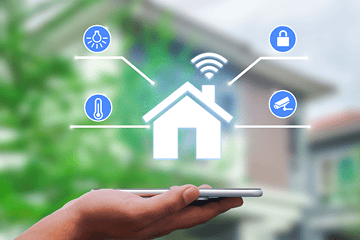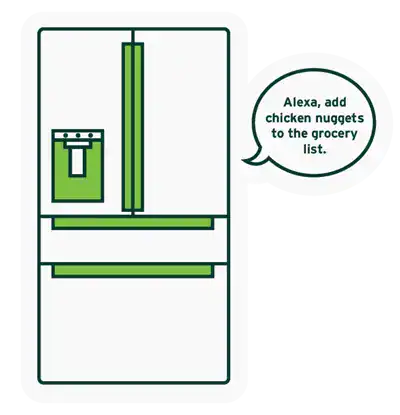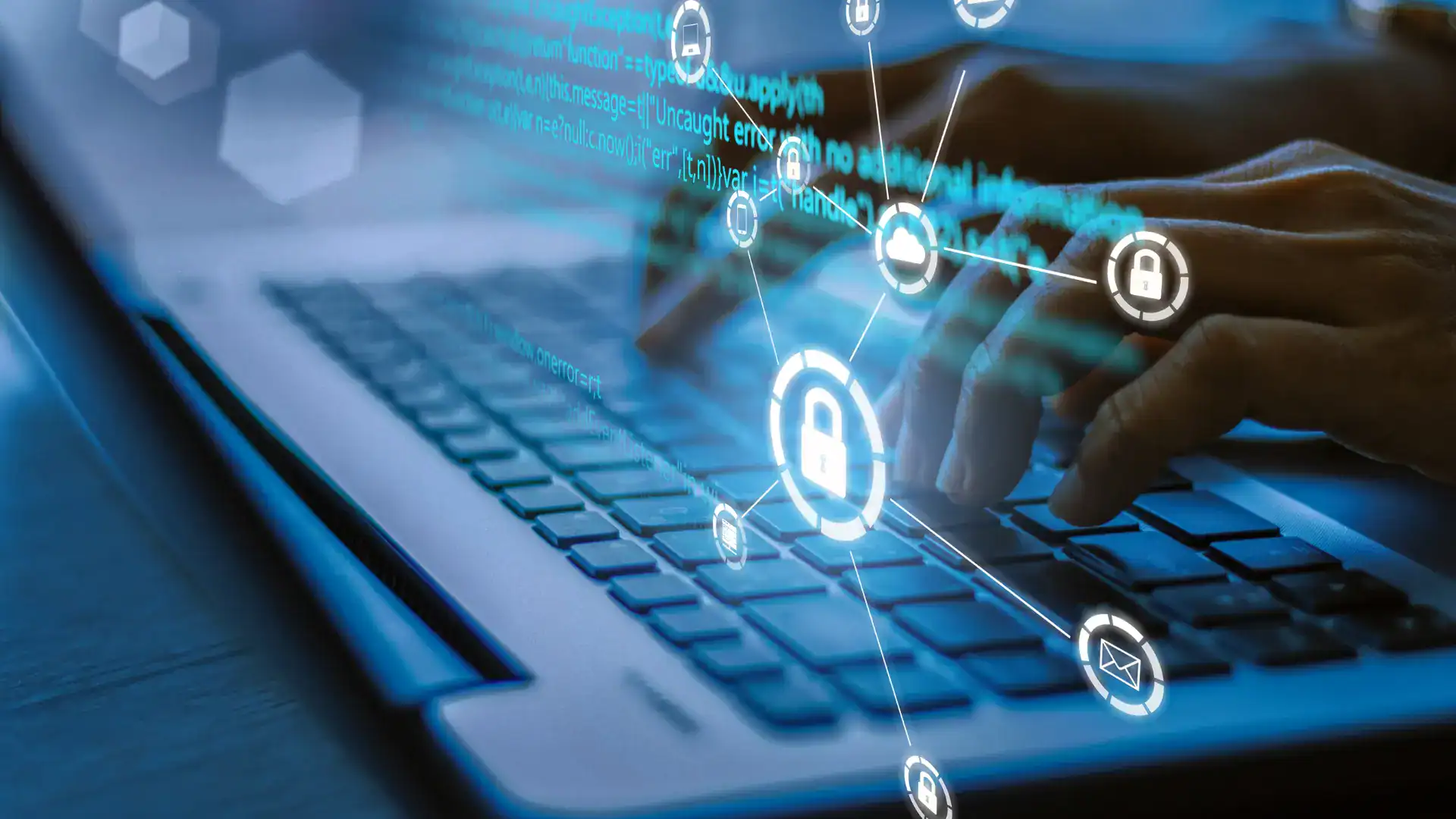Impact of IoT on Digital Transformation: Connected Devices and New Opportunities to Take
Matthew Meyer
July 25, 2023
5 minute read

The Internet of Things (IoT) has changed the way that humans interact with their devices. Where once we had to actually open our refrigerator to see if we have any food in there, IoT enabled refrigerators will communicate what is in them and what we need to replenish. Some will even compile a dinner recipe for you with what you have!
This gives business across industries areas for innovation and new possibilities.
The Power of Communication
Your smart devices know more about you than you do.
 With very little effort our homes have become hotspots for IoT growth. Virtually every house that has an internet connection also has a wireless router. It is here where the paradigm shift has occurred. Devices are able to communicate, real time, with their manufacturers and other sources to inform the owner about possible problems, replenishment demands, or other ways to use the device. With all of this data at their disposal, manufactures can suggest other products that may help the owner with a problem or inefficiency that has been discovered.
With very little effort our homes have become hotspots for IoT growth. Virtually every house that has an internet connection also has a wireless router. It is here where the paradigm shift has occurred. Devices are able to communicate, real time, with their manufacturers and other sources to inform the owner about possible problems, replenishment demands, or other ways to use the device. With all of this data at their disposal, manufactures can suggest other products that may help the owner with a problem or inefficiency that has been discovered.
Latest IoT Developments
Edge Computing, processing data closer to the user, has become one of the newest ways to process and analyze data.
What does it mean? Traditionally with IoT, the data was sent to a centralized data center and processed there. Advances in technology have enabled the device closest to the user to have much more processing power, therefore your smart speaker, your smart thermometer, or your smart phone, have the ability to do initial processing, make decisions and provide the user with a faster response. They still connect to a centralized data center, but they can do the initial processing and send less data over the wire, making for a faster, more pleasing user experience.
Of course, it wouldn’t be a Meyer blog without some mention of AI. Artificial Intelligence has made the mountain of data provided by IoT devices much more manageable. As the AI model process all of the incoming data, business are able to know their consumers at a much more intimate level. AI and ML can notice trends in usage and can predict when the user is most likely to need something or is most likely to be receptive to changes.
Benefits of IoT Adoption
Adoption of IoT has massive benefits to companies willing to make changes. The biggest benefits come in the way of operational efficiency, reduced costs, and increased productivity.
Think, for example, of efficiencies in supply chain. No company wants to carry more inventory than they need to. Lean processes have dominated thinking for decades now. One of the more difficult parts of Lean is having just enough of something to keep your business running. IoT allows business to monitor their inventory in real time, and with advanced analytics, allows them to know when to scale up, or scale down their production.

If you are a company that makes widgets, and you want to have no more than 10 parts at each station, but no less than 2 parts at a station, IoT helps monitor that metric. Perhaps a smart pressure sensor can inform inventory management when a specific station is getting low on parts, prompting replenishment. This is automated and replenishment occurs without the worker informing inventory management. The worker can keep on working without stopping to call out or ask for more parts.
What’s more, inventory management keeps track of how many parts are given out per day, and what their historical demand for products are. It turns out that the demand for widgets is especially high in November and has a deep slump in December. Inventory management can plan for the busy and slow months, perhaps negotiating better rates during the build up for the busy month.
Challenges of IoT Adoption
IoT adoption requires companies to adjust process and look to different areas to make decisions.
Change change change change. IoT adoption requires companies to look and trust their data rather than just their “gut.” This can be very difficult for companies to do.

Security and privacy concerns play a heavy role as well. Ensuring data privacy for your company as well as your users means that deep consideration for cyber and data security must occupy a much higher priority than it did before IoT. Your users are trusting you with their data, and any type of breach will tarnish that trust.
Addressing the challenges requires a comprehensive approach that includes collaboration and active implementation of security measures that comply with industry standards.
Conclusion
IoT can be a transformative force in your business, either in your company adopting IoT in your process, or you deploying your own IoT solutions to your customers. With devices and people connecting in unprecedented ways, IoT gives companies tremendous power to streamline operations, cut costs, and deliver better more delightful customer experiences.
Like this blog and want to see more like it? Reach out to us and tell us about your own IoT adoption stories!












